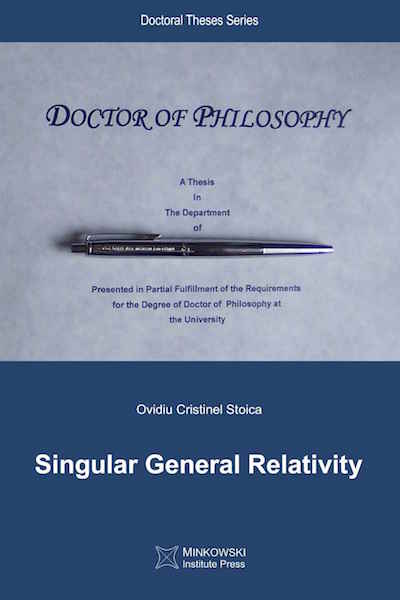 |
||||||||||
|
||||||||||
|
|
Description: This Thesis deals with recent progress regarding singularities in General Relativity. Singularities are predicted by the theory, but raise difficult problems, because they make the usual equations to be plagued with infinities and to break down. To resolve some of these problems, extensions of differential geometry and of Einstein's equation to singularities were needed, and were constructed by the author. This generalization works easily at the Big-Bang singularity, which gained by this a description in terms of finite quantities which have both geometric and physical meaning. Moreover, a large class of Big-Bang singularities is presented, which is not necessarily homogeneous or isotropic. In addition, these singularities satisfy the Weyl curvature hypothesis, emitted by Penrose to explain the arrow of time. The black hole singularities apparently are more difficult to deal with, but by applying a special procedure they turn out as well to admit a description in terms of finite quantities. In addition, these singularities exhibit a (geo)metric dimensional reduction, which might act as a regulator for the quantum fields, including for quantum gravity, in the high-energy limit. This opens the perspective of perturbative quantum gravity without modifying General Relativity.
The physical (paper) book can be ordered from (for more options see):
|
|||||||||
